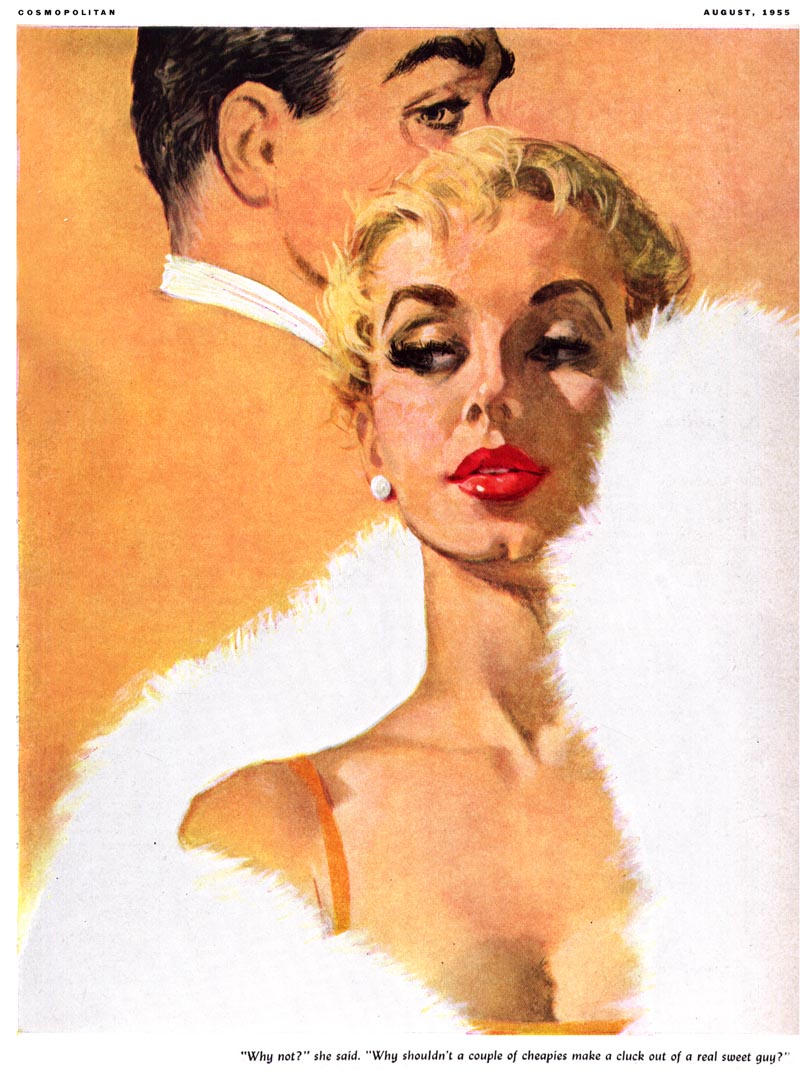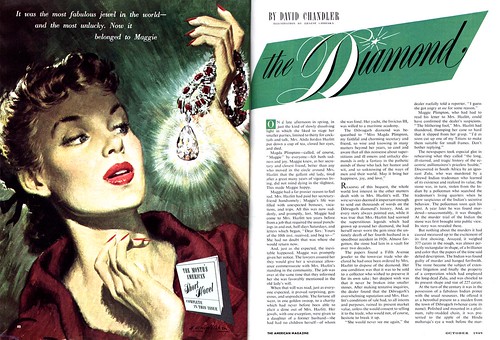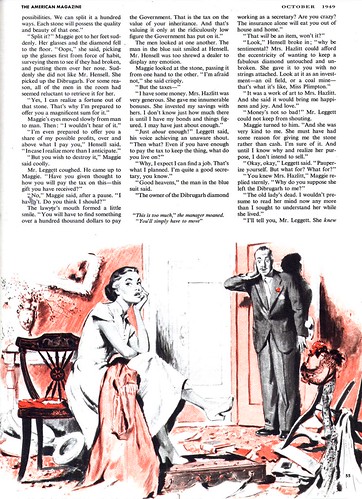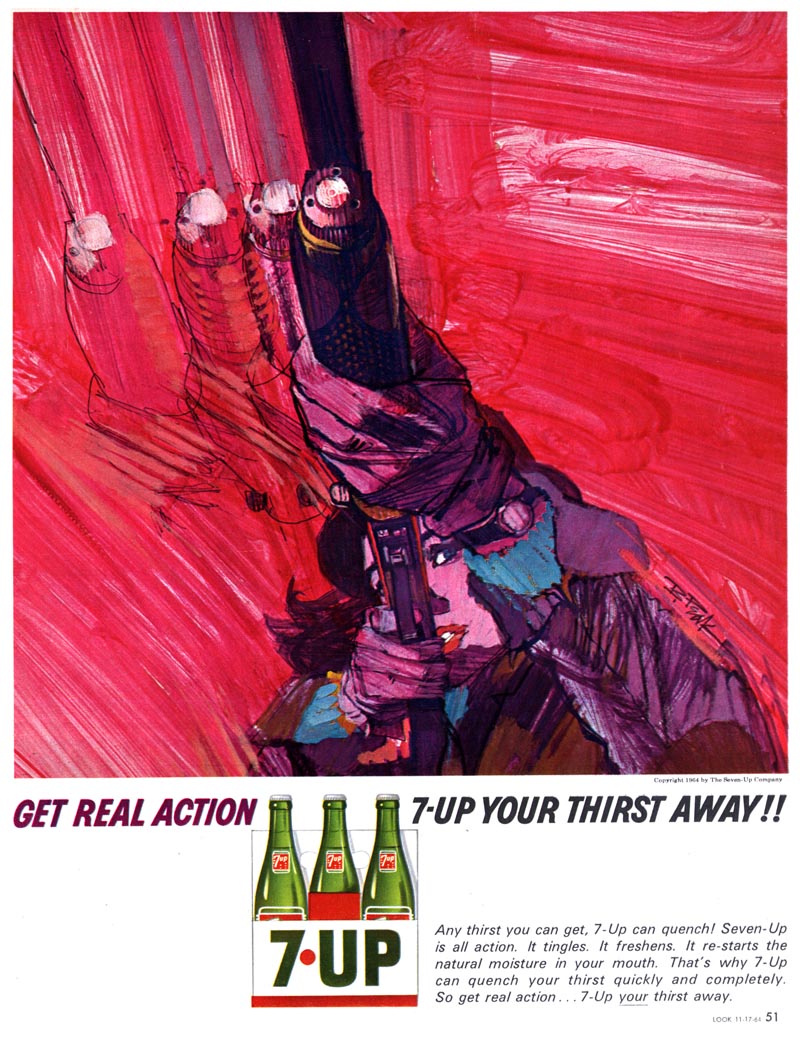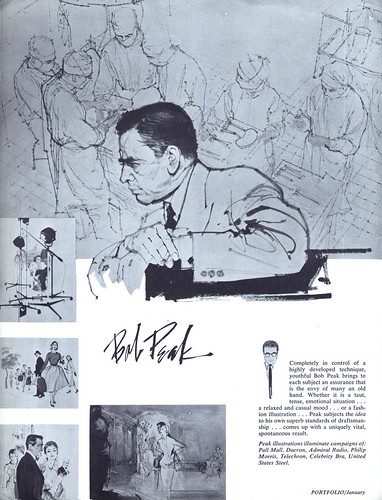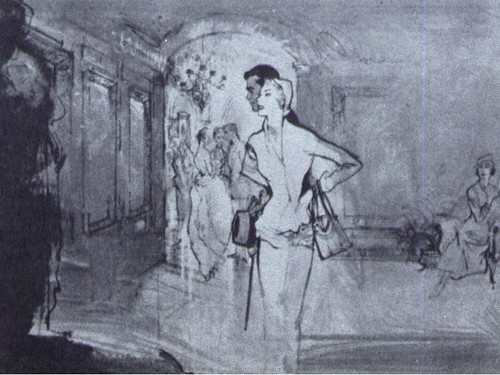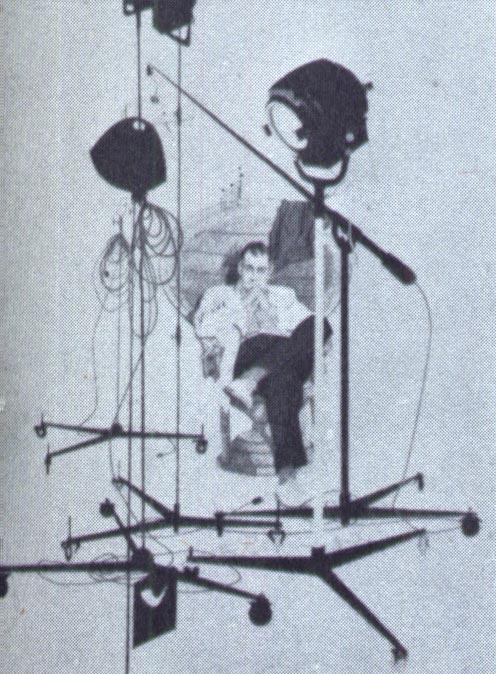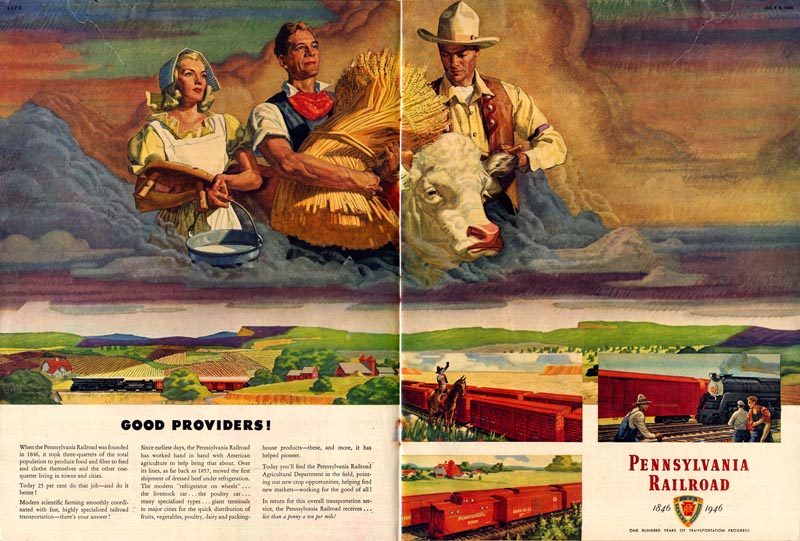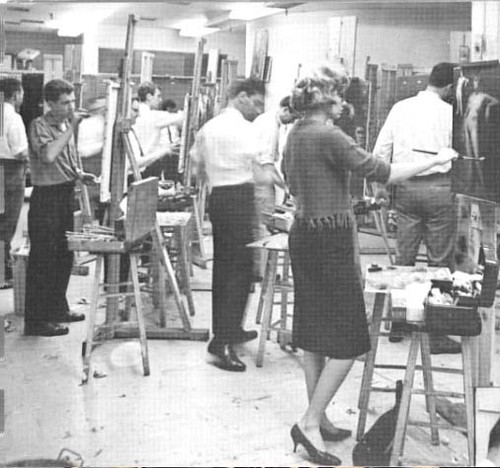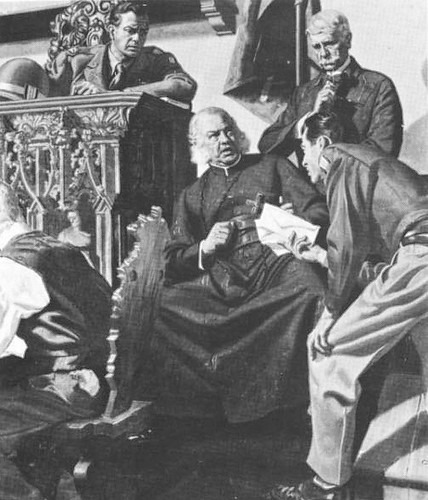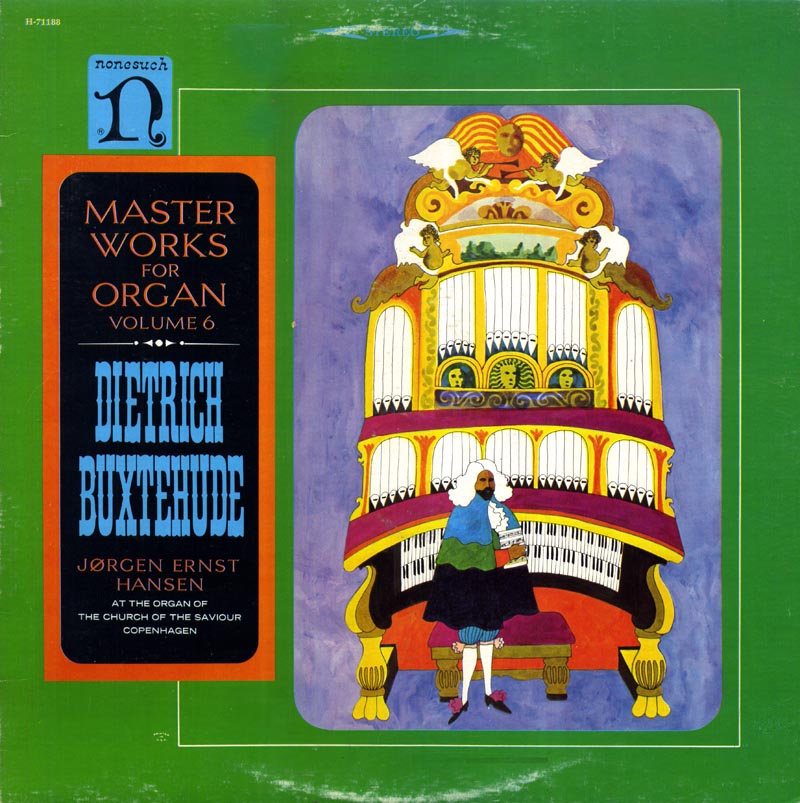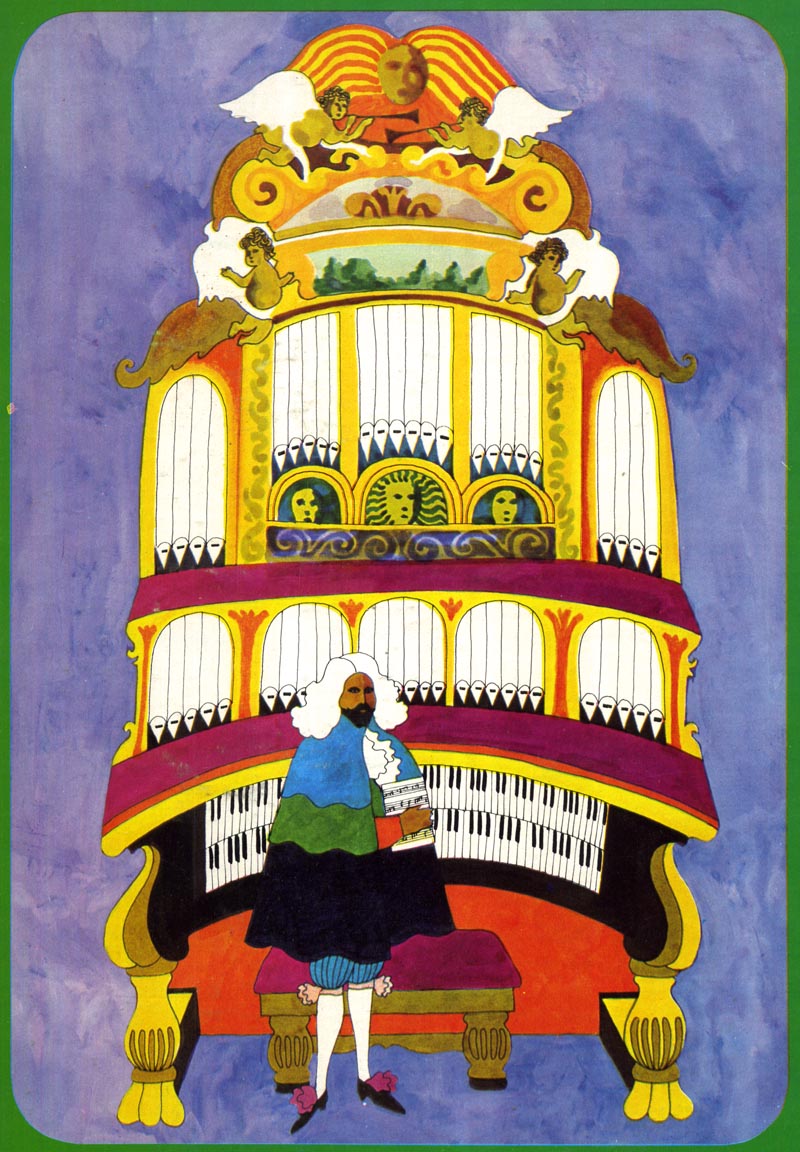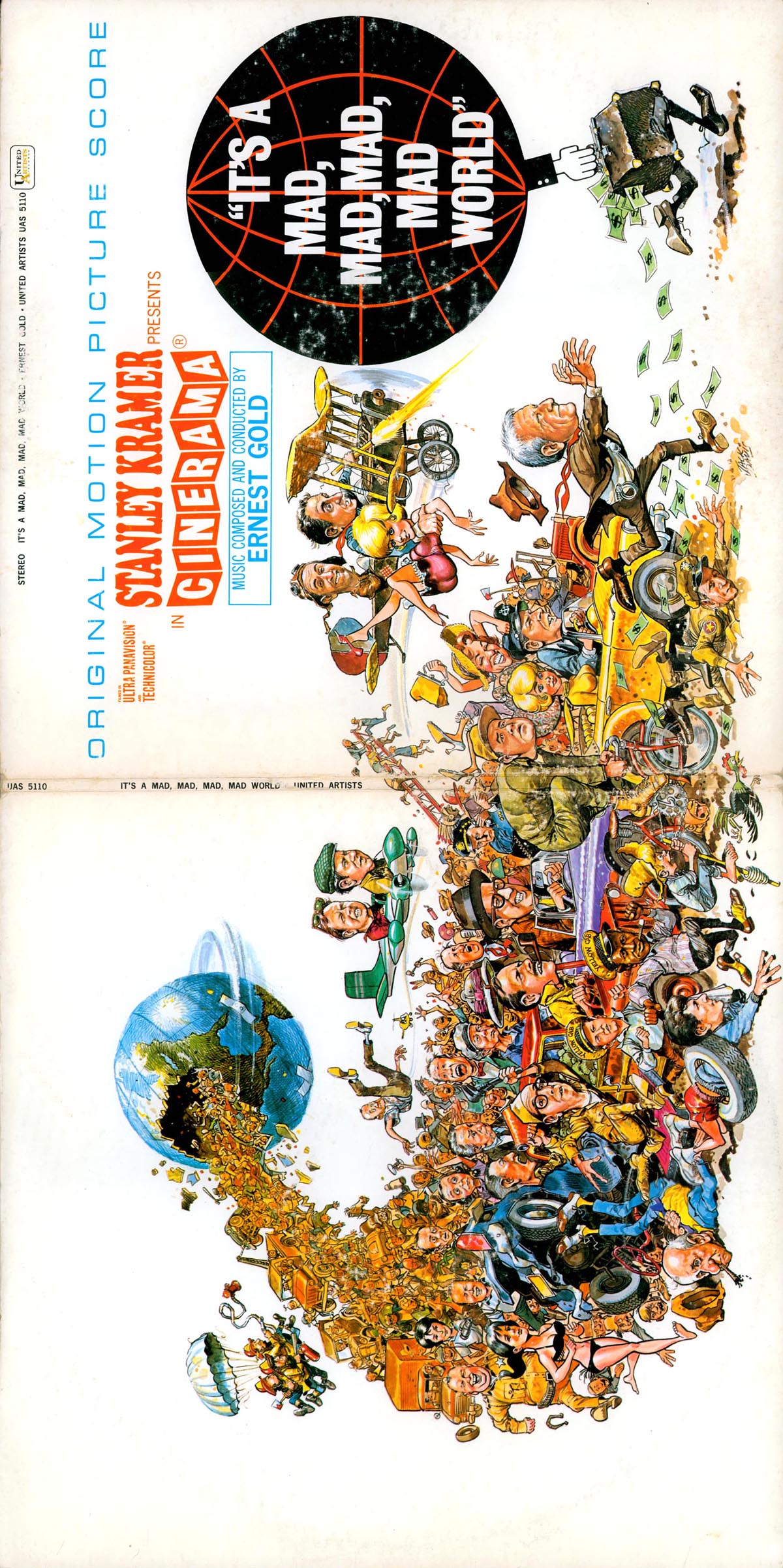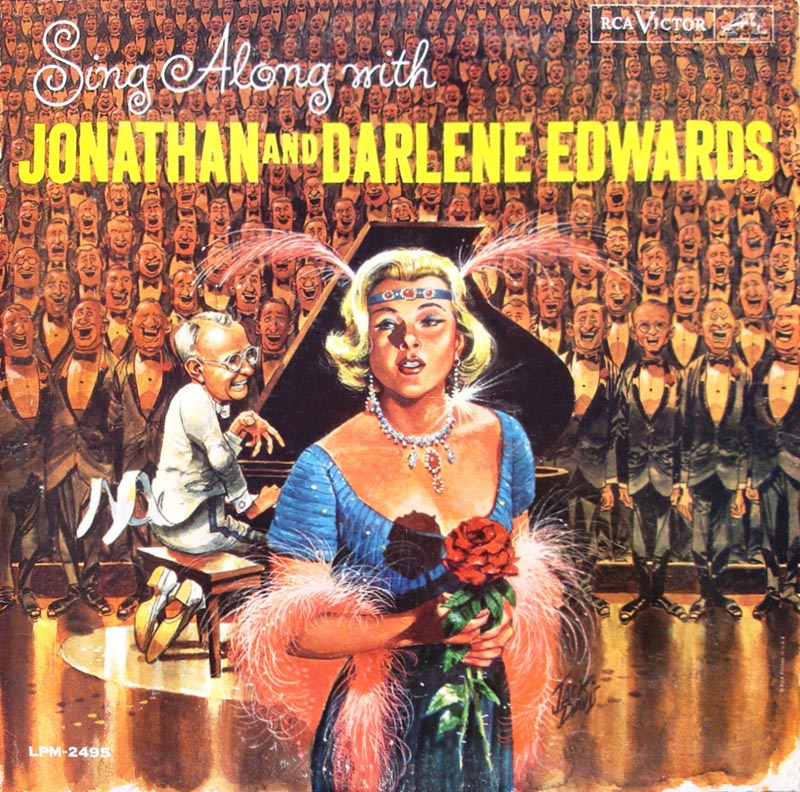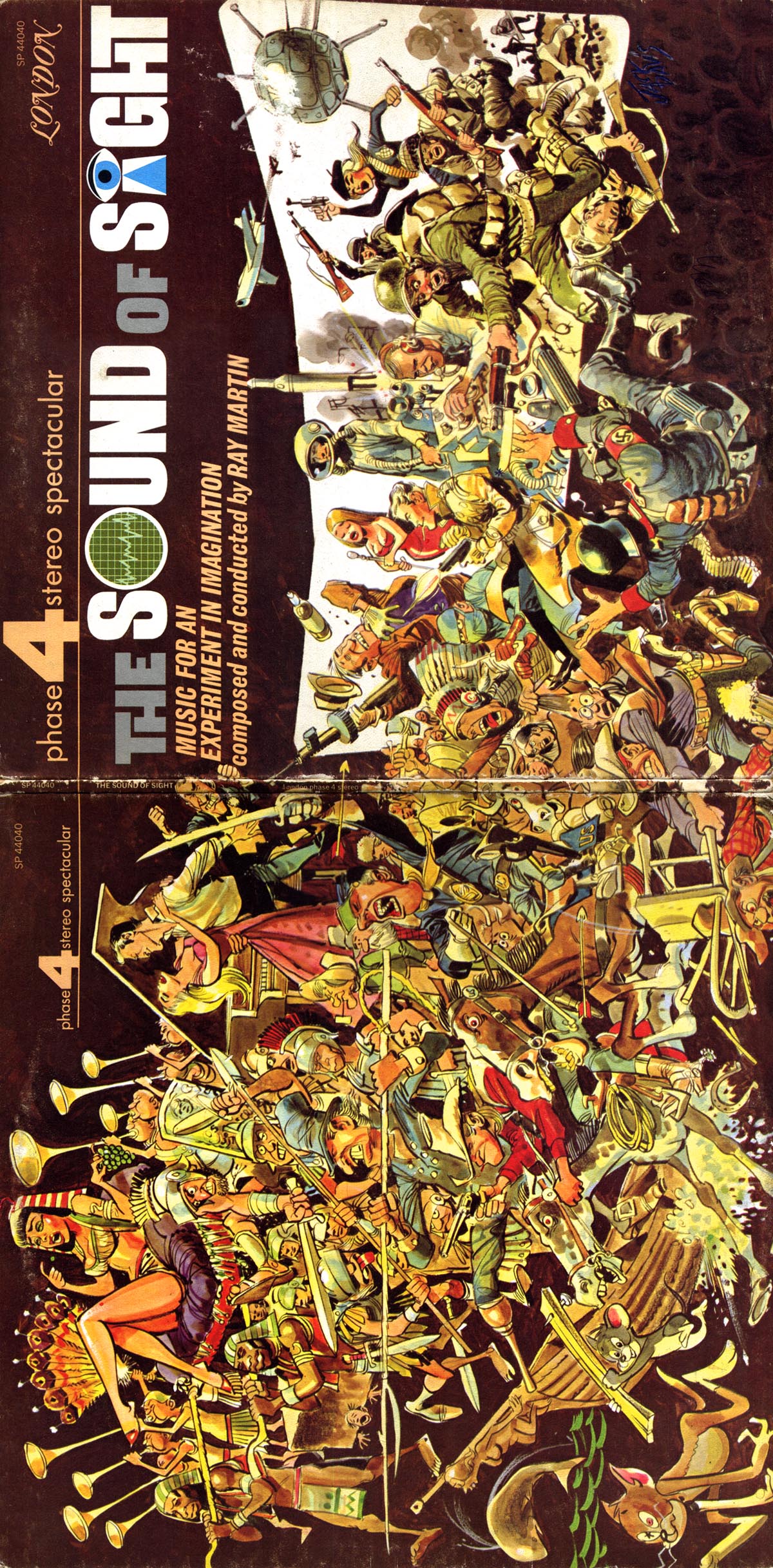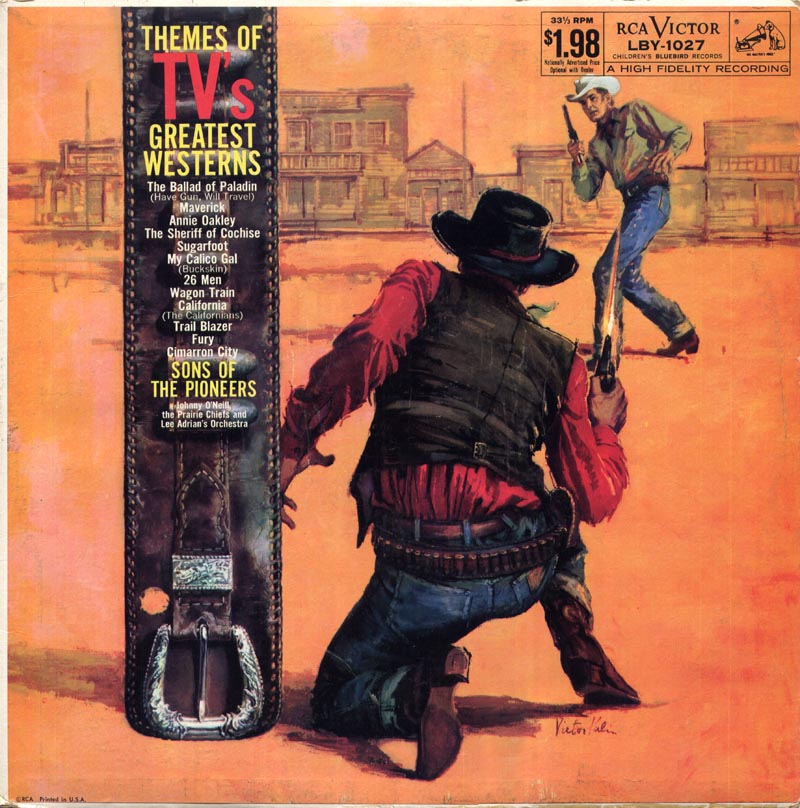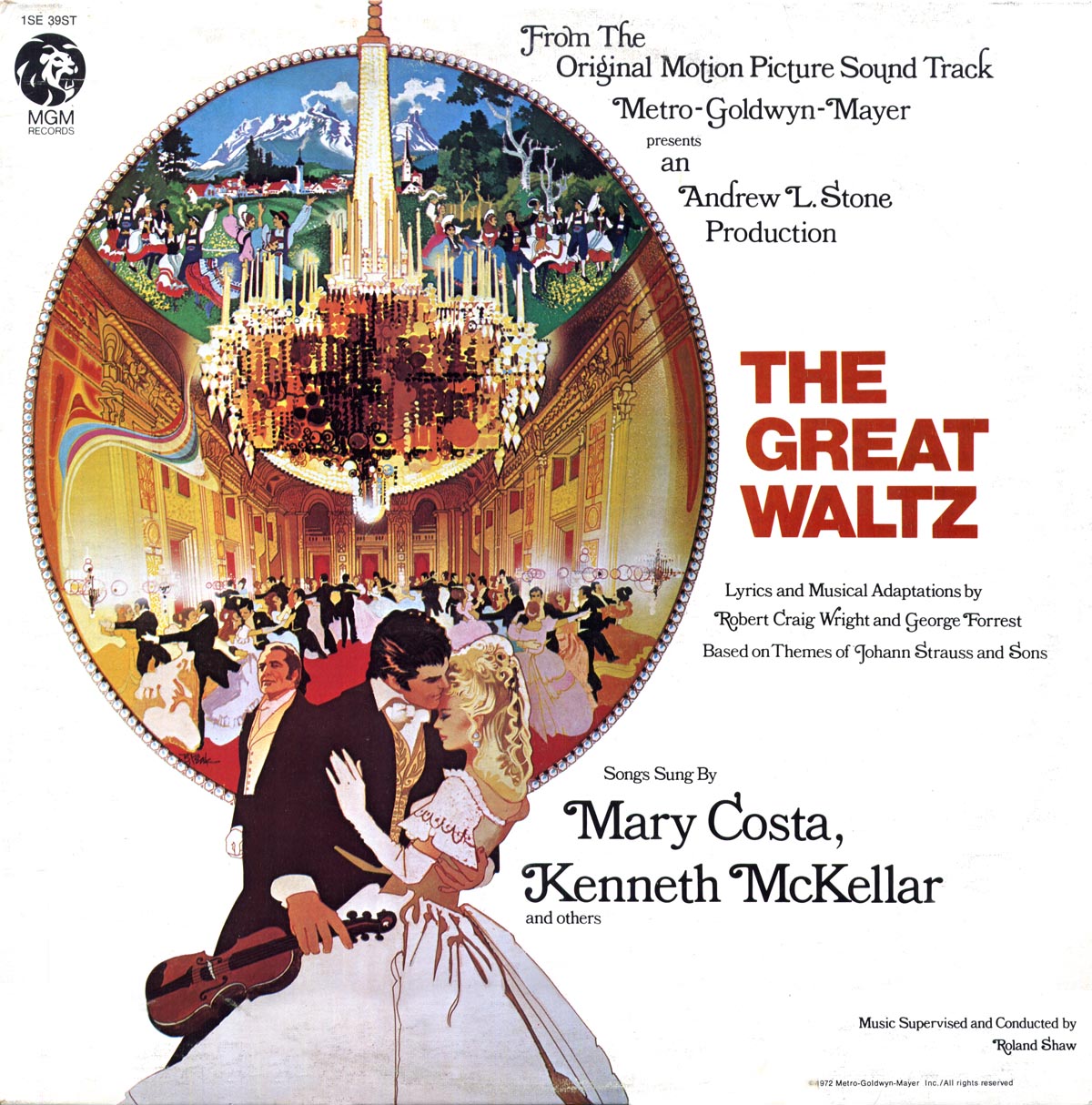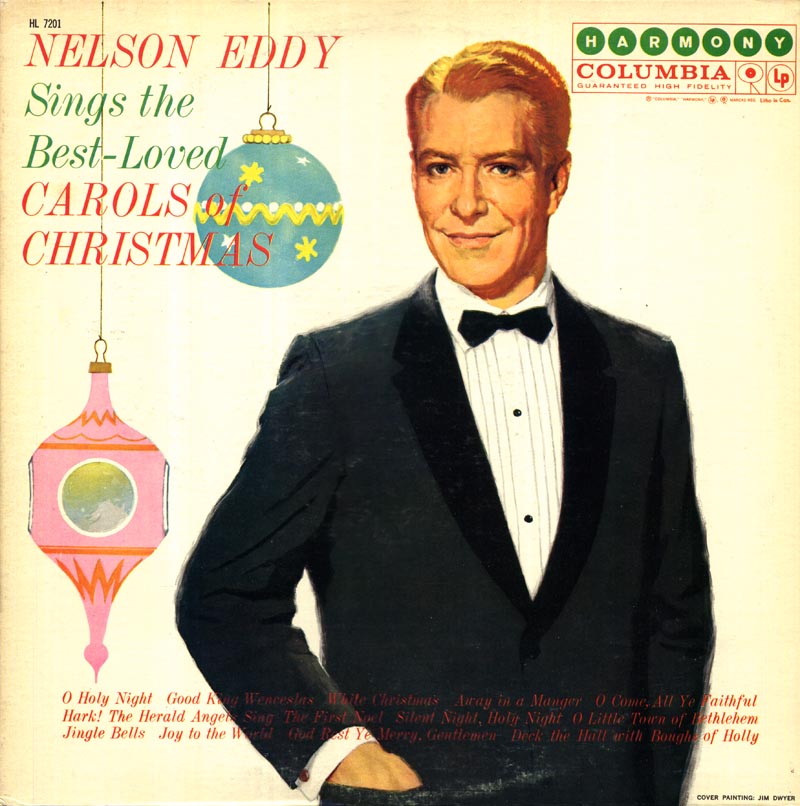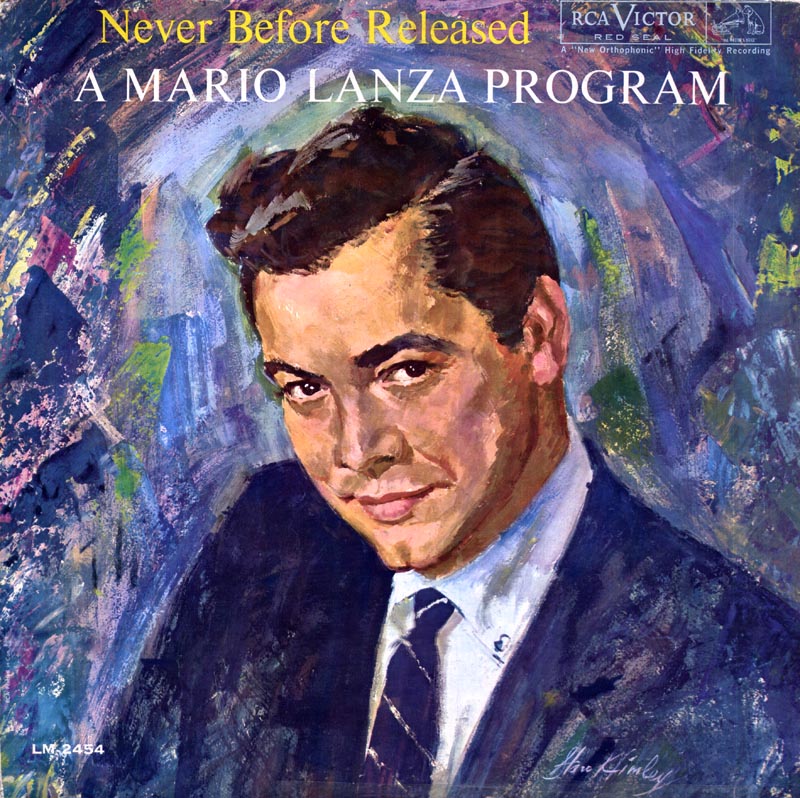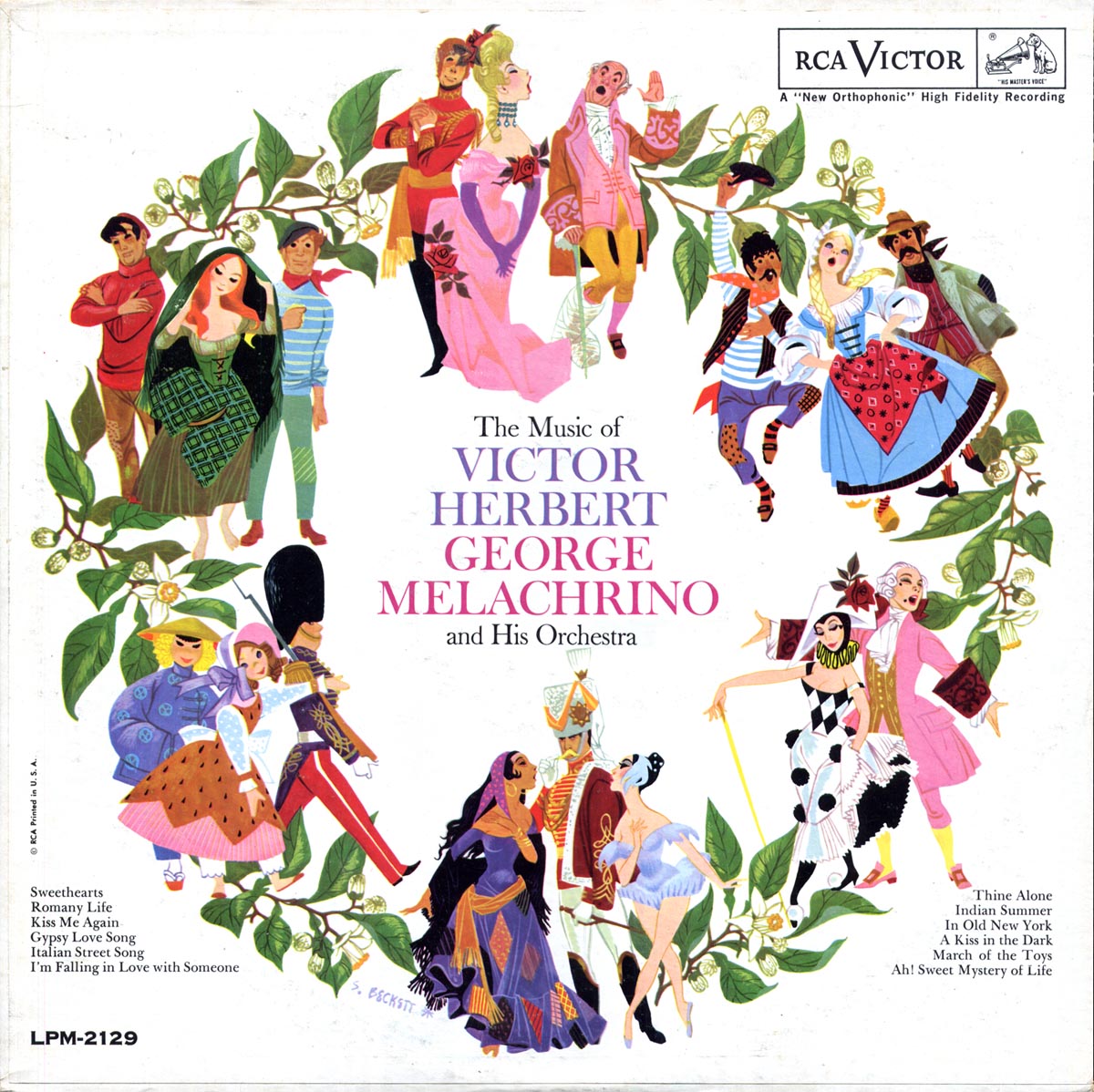Barbara mentioned that the original was in the Academy's collection - a gift from Patterson & Hall owner Chet Patterson. Barbara wrote: "[Its] an amazing illustration of hands holding oil. I bring it out when I want to show students what constitutes a REAL understanding of hand structure."
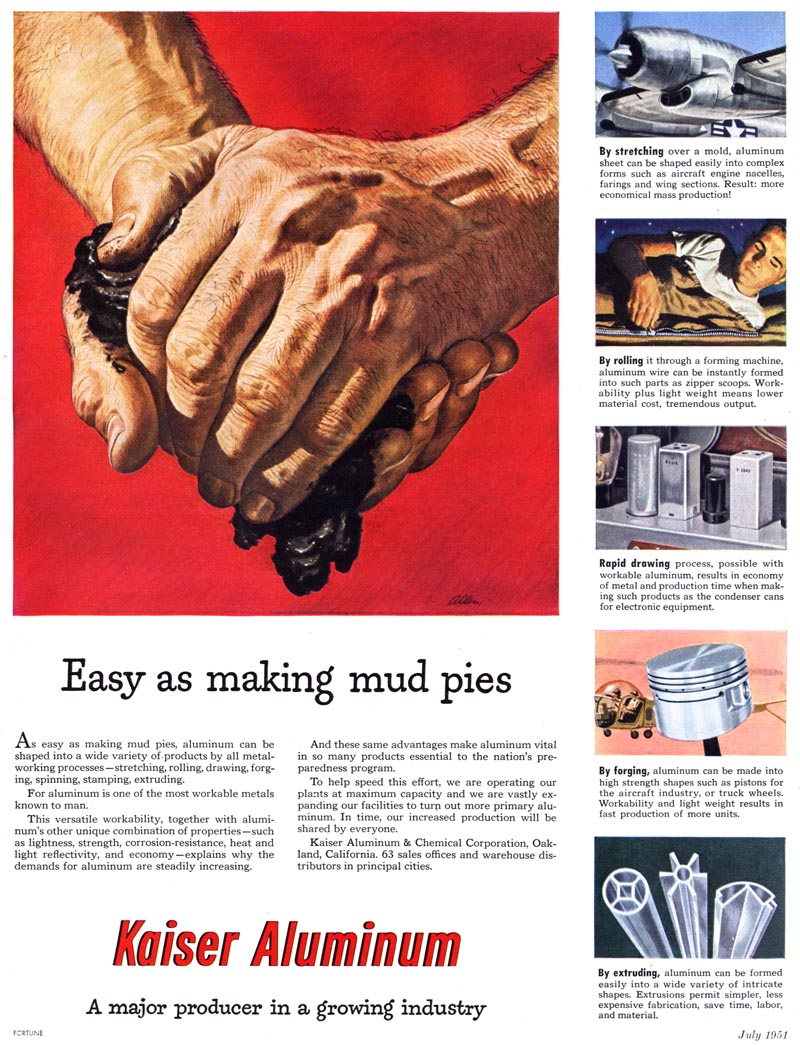
Not long after that I began corresponding with Charlie Allen and, with Bruce Hettema's generous assistance, featured Charlie on Today's Inspiration. Charlie enjoyed reminiscing about the mid-century period and began sending me scans from his 'morgue'. He'd send them untitled and quiz me on who I thought the artist was. After I correctly identified several in a row I think I passed some sort of test. Not long after that he agreed to begin a blog of his own, with me doing the posting of whatever scans and writing he felt like presenting each week. Many of you became regular readers of Charlie Allen's Blog until he concluded his postings in December of last year.
Today I just wanted to remind everyone about this magnificent illustrator (and wonderful human being) who very much deserves another look; my friend, Charlie Allen.
"From the git-go I enjoyed drawing."
Originally presented on September 18, 2007
"I was born in 1922 (85 this year) in Fresno, CA", writes Charles Allen. "From the git-go I enjoyed drawing. A couple of efforts, at age 9 when I was fascinated by comic strip artists, are enclosed."

"Like Chet Patterson of P&H (whom you've covered recently) I enlisted in the Army Air Force in 1942 while in college. Served for three and a half years as a pilot during WWII...but unlike Chet, shot down no enemy aircraft. Hard to do in an unarmed PBY Catalina in an air-sea rescue group, Pacific theatre. Main accomplishment, surviving."
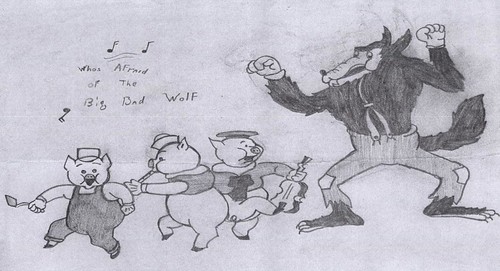
"Returned home in 1946, finished college, got married, worked as an ad illustrator for the Fresno Bee, a McClatchy newspaper. Attended Art Center College in L.A. for a year, got a job in 1948 at Patterson & Hall in San Francisco as an illustrator, at the princely salary of $275 per month. In those days, a new car ran about $1,200 and a new home, $10,000 to $12,000, so all was in proportion."
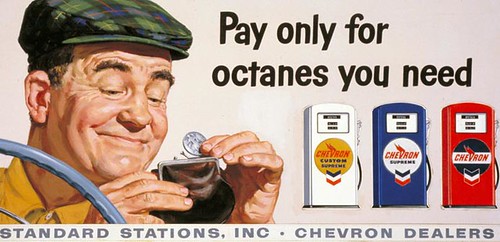
"I learned all along the line...high school, college, Art Center, an ad agency job during college, the newspaper job, and a crash course at P&H in San Francisco, where competition with 'the best in the west' was very, very real. The 'crash course' was actually learning on the job...and in between jobs, practicing on samples. Busy times."
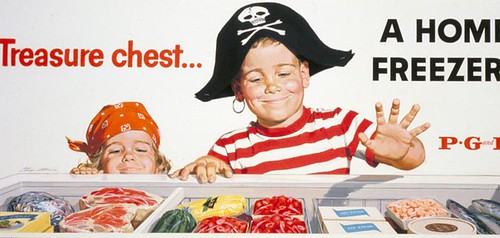
"One of the many reasons I decided to remain in the west with advertising illustration, instead of heading east and editorial illustration [was that] there were so many good illustrators back there, all wanting to do editorial. Advertising actually paid better, and if you could stand the deadlines and pace, almost as much fun. Well, sometimes as much!"
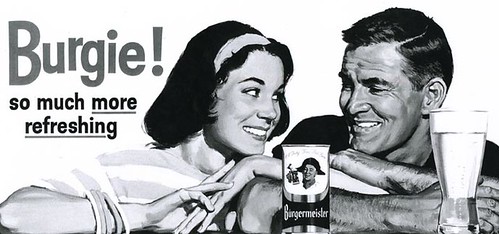
Patterson & Hall was a great learning place and launching pad. I worked for the first ten years at P&H offices in San Francisco, then moved out to my small home studio, mainly to avoid the two or more hours of commute each day."

"Over a roughly 45 year career, about two thirds of my work came through Patterson & Hall, the rest freelance, but P&H was always a loyal sales, support and promotional group over those years."
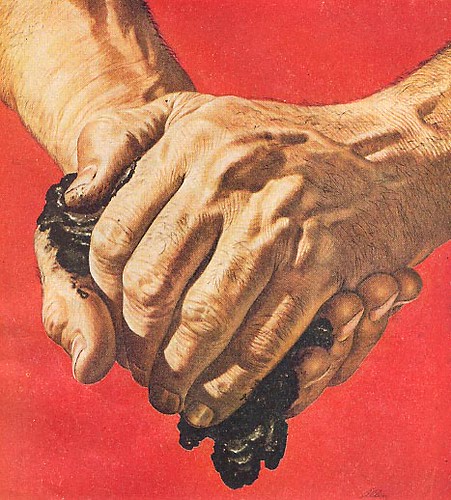
"I did no editorial or story commissions.....all corporate ads from ad agencies or direct with the company. I was impressed by all the good illustrators and tried to 'think' like Al Parker, Rockwell, Jon Whitcomb, Austin Briggs, etc. Found it way too tiring, and with short deadlines, just did what came naturally. That way you develop a style all your own."
* There's so much more... and the best place to discover it again (or for the first time) is at Charlie Allen's Blog.
*Addendum: Bruce Hettema just sent a note to inform me that today's post inspired him to write about his first experience working with Charlie on the P&H Creative Blog
* All of today's images can be found in my Charlie Allen Flickr set.
